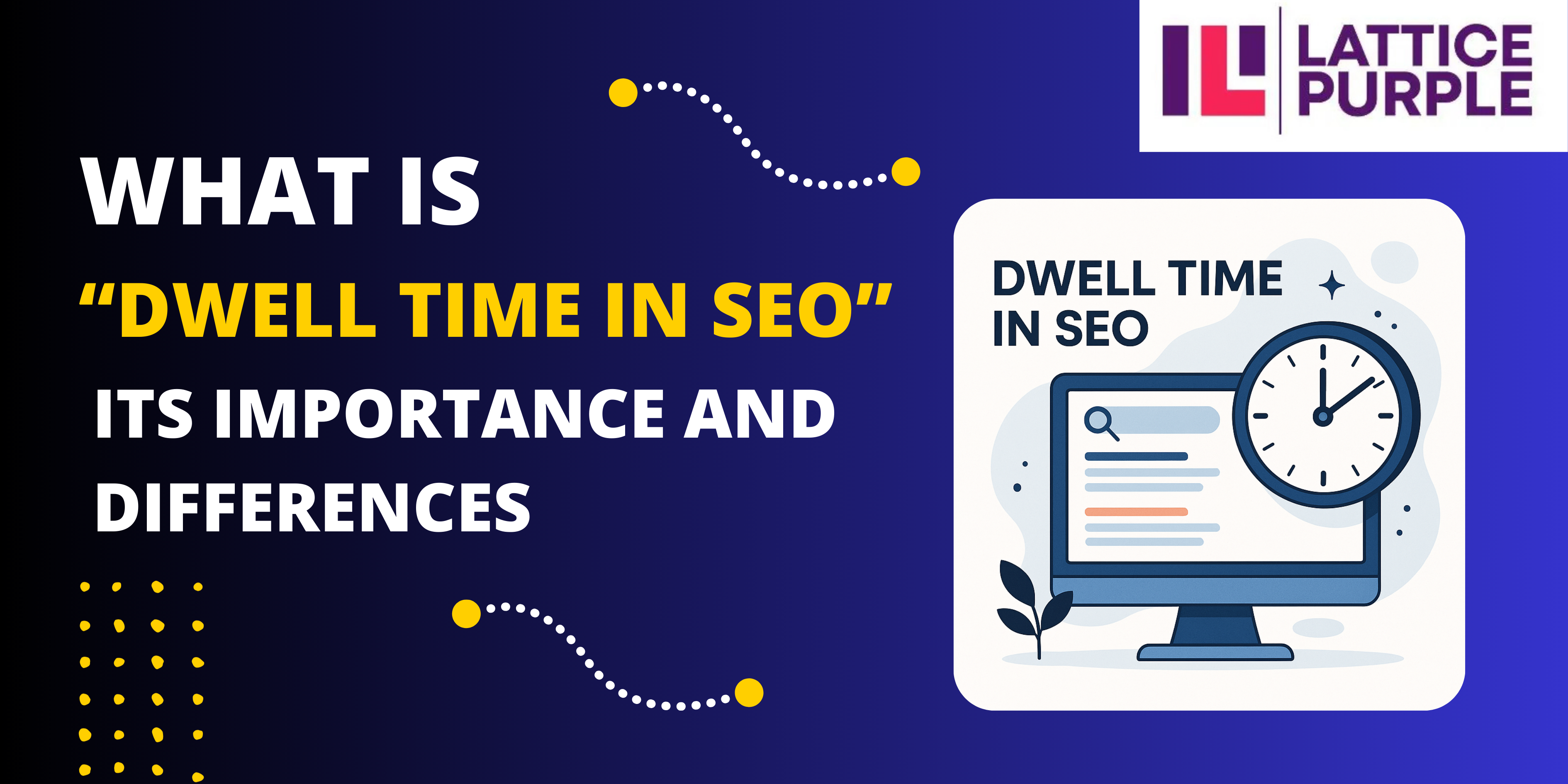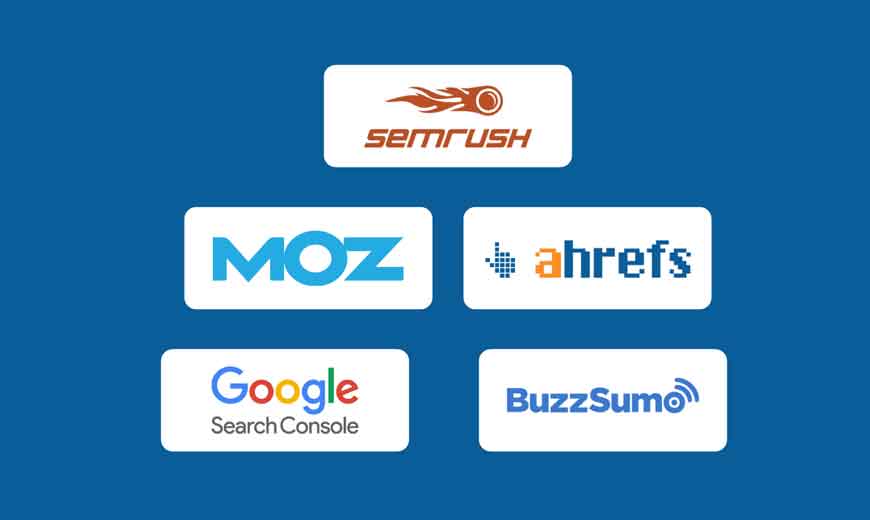
50+ Essential Google Analytics 4 (GA4) Interview Questions & Answers for 2025
Why GA4 Skills are Non-Negotiable in Today’s Data Market The shift from Universal Analytics (UA) to Google Analytics 4 (GA4)

Why GA4 Skills are Non-Negotiable in Today’s Data Market The shift from Universal Analytics (UA) to Google Analytics 4 (GA4)

One of the key metrics that frequently arises in discussions among marketers is “dwell time”. This metric is often seen

In today’s the aggressive digital outlook, responsive search ads have become imperative for businesses striving to enhance their online presence.

Introduction Social media platforms such as Facebook, Instagram, Twitter & LinkedIn have become intrinsic components of digital marketing strategies. With

In today’s video marketing has turn up as a powerful tool for businesses to engage with their audience & drive

Conversational marketing has become a cornerstone for engaging with customers on a personal level. By leveraging the power of real

Introduction SEO Tools In the digital landscape, search engine optimization (SEO) is pivotal for businesses aiming to enhance their online visibility. However,

In the digital world, where marketing channels are sufficient & competition is fierce, email marketing stands tall as a fearless strategy for

In the dynamic landscape of the travel industry, carving out a niche and sustaining growth is an ongoing challenge. With

In today’s digital world, the ecommerce sector stands for aspiring entrepreneurs and established businesses. With the right approach, dedication and
